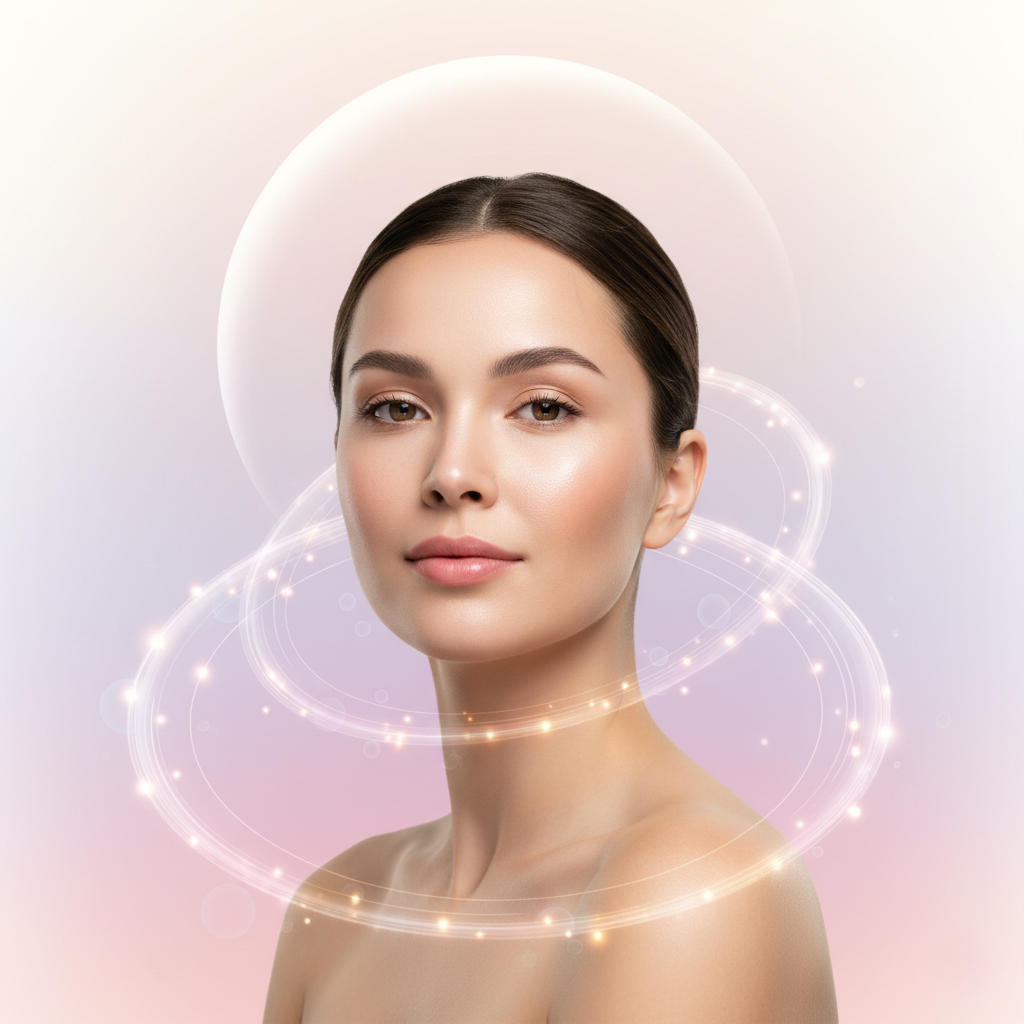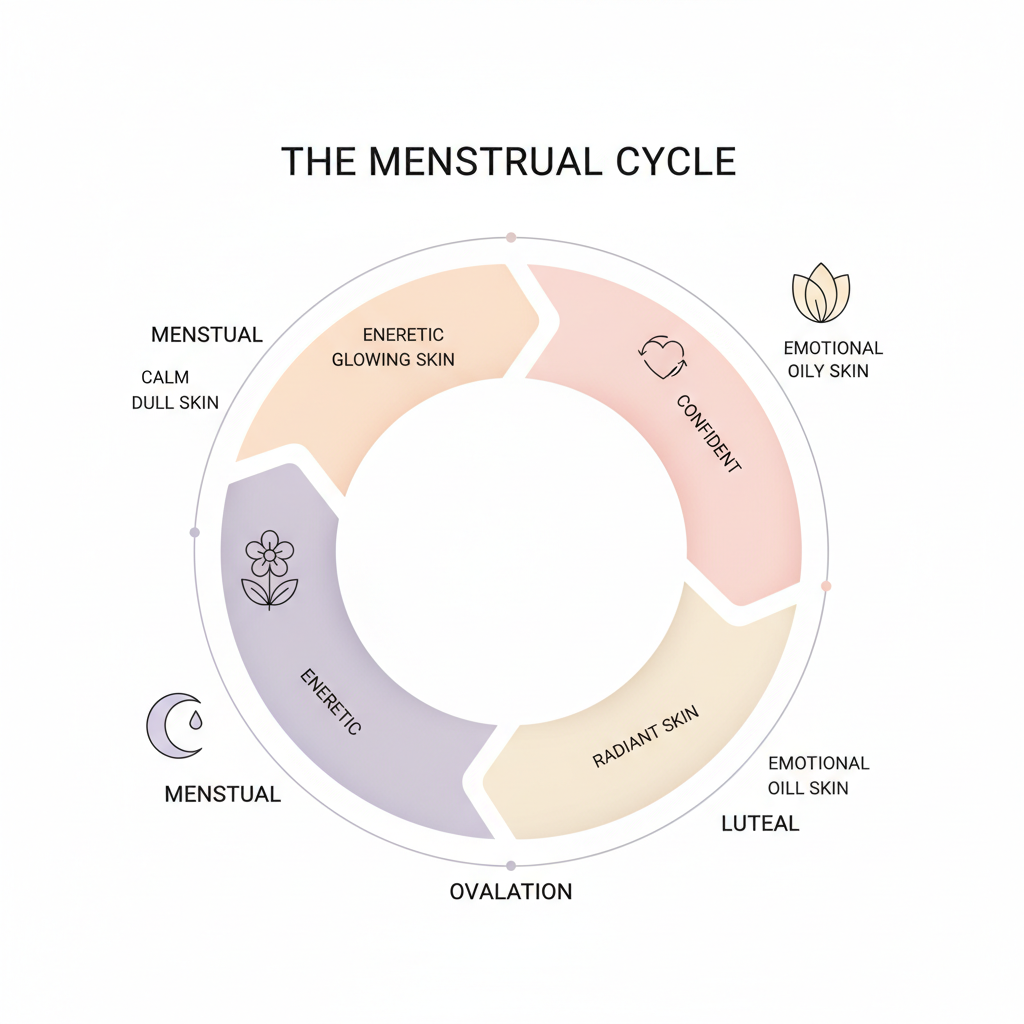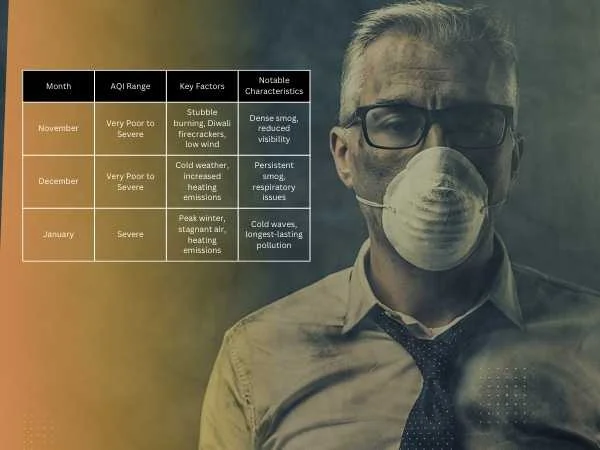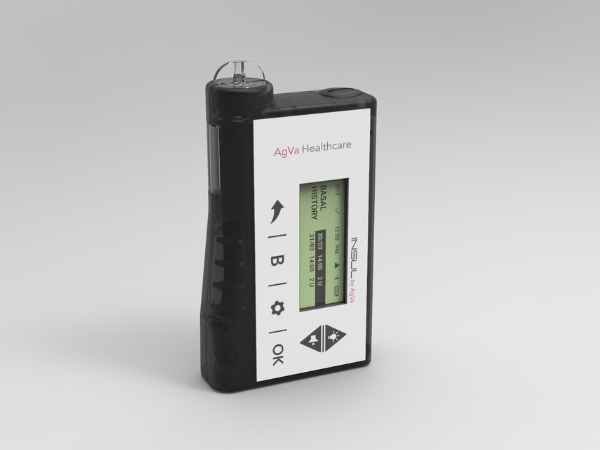As we live in 2025, we face many stressful conditions. The environment is not so good, as we are facing many global warming and environmental issues. Everything is destroying the natural environment. Talking about the menstrual cycle of women and how it affects the hormones and emotions, and skin health.
The menstrual cycle is not just a monthly event. It’s a reflection of how your body is working and has a natural rhythm. Every month, a woman’s body goes through various hormonal changes that help and prepare it for pregnancy. But these hormones, which are estrogen, progesterone, and testosterone they do much more than regulate just periods.

They can also change how you feel emotionally, how your skin looks, and they can also they can also measure the energy you have. Now, understanding all this connection will help the women to recognize their hormonal changes, why they have a lot of mood swings, and why they have a sudden skin breakout, and in the end, to tell them that this is just not random.
It’s an issue that they are having, which is a hormonal issue. Okay. So they are a part of a biological process that needs care and not the criticism that people give. So now what we will do we will take a closer look at how these hormones shape the mood and skin of a woman and how it all happens during the menstrual cycle.
Understanding the Menstrual Cycle Phases
Okay, so now we will start with the four phases of the menstrual cycle. So a normal cycle lasts about 28 days. It can vary from person to person, though. It is divided into four different phases, and each of them has different hormonal shifts. The first one is the menstrual phase, which lasts from day 1 to 5.
This is when the bleeding occurs, hormonal hormone levels, especially estrogen and progesterone, are at their lowest. Many women feel very tired, very bloated, and moody in this section. The drop in hormones can also lead to dull skin and mild breakouts, this can also happen. Now the second is the follicular phase, which happens between days 6 to 14.

Now, in this, estrogen starts to rise as the body prepares for ovulation. This phase brings a boost in energy, motivation, and mood. You will feel good, you might feel bad, and your skin will also try to look healthier and radiant due to the increased collagen production and better hydration.
Now the third phase is the ovulation phase, which happens around the 14th day. In this, the estrogen peaks and testosterone rises slightly. Many women feel more confident and outgoing during this time. The skin may appear glowing thanks to the increased blood circulation and hormonal balance. Now the next one is the luteal phase, which happens between days 15 to 28.
After ovulation, progesterone takes over. Okay, while this hormone promotes calmness, too much of it can make you feel sluggish or emotional. For some people, some women especially, this phase leads to premenstrual syndrome PMS, with mood swings, irritability, anxiety, and sadness. It’s also the time when hormonal acne tends to appear.
Understanding Hormones and Mood
Now we will talk about the hormones and mood, how this emotional roller coaster is explained, okay? So hormones, as we all know, are very powerful chemical messengers. They can influence brain activity.
The brain is an important organ of our body. We all know that. When their levels fluctuate, the mood can also change. Now understand how it happens. Estrogen, estrogen is known as the feel-good hormone.
Estrogen can boost serotonin. Serotonin is what? A brain chemical that stabilizes mood and promotes happiness, which is very important for our happy mood. No,w when this estrogen dips right before your period, serotonin also drops, which can make you feel sad, irritated you and give you fatigue.
Now, when we talk about progesterone, let’s understand what it is. Now progesterone is a hormone that helps your body to relax and prepare your a potential pregnancy. But if you have too much progesterone, it can make you anxious and sleepy.
Now, during the second half of the cycle, it can cause moodiness, food craving, or even emotional sensitivity. Now, if we talk about testosterone, although it is a male hormone, it is found in males, but it is also present in women. So women also have a small amount of testosterone, right?
So now, around ovulation, even a slight increase can make you feel more confident and make you feel energetic, and you can be more social, which gives you a lot of confidence. Now, understanding these changes can help a lady or a woman to be kinder to herself.
You know, when you understand all about these hormones, you get to know that this is not a problem. This is the level of hormones and the changes that are happening during the menstrual cycle. So, what happened? If you use if you feel unusually emotional before your period, it’s not your head. You’re not mad. You are not having a bad time. It’s just biology doing its work.
Understanding PMS, PMD, and Women’s Emotional Health
Now understand PMS, PMDD, and emotional health for some women. Premenstrual symptoms. Okay. So, for some women, premenstrual symptoms are very low, like little cravings or mood dips. They might not even don’t know about it. But for some other ladies, it can be very different. It can be severe enough to which it will interfere with their daily life and make it very difficult.
Now, we talk about PMS. PMS is Premenstrual Syndrome. What it is, let’s understand. It is a combination of emotional and physical symptoms such as irritability, bloating, mood swings, and fatigue. This might happen before menstruation.
Now, what is PMDD? Premenstrual Dysphoric Disorder. It is a more intense form of PMS. At can cause depression, anger, anxiety, and make you feel worse. It also affects a smaller percentage of women, but it can be deeply distressing.
If your mood changes feel extreme or affect your work and relationships, it is very important to talk to a healthcare provider and seek therapy. Now, taking therapy and adjusting your lifestyle, and getting hormonal treatments can make a huge difference in your life.
The Hormone–Skin Connection
Your skin is a mirror of your internal hormonal balance. Each phase of your menstrual cycle affects your skin in different ways:
| Cycle Phase | Dominant Hormone | Skin Condition | What You Can Do |
| Menstrual | Low estrogen & progesterone | Dry, dull, or sensitive skin | Use gentle cleansers and moisturizers. Avoid harsh exfoliants. |
| Follicular | Rising estrogen | Radiant, glowing, well-hydrated skin | Keep up a balanced skincare routine. Try light exfoliation. |
| Ovulation | High estrogen & testosterone | Clear and bright skin, but possible oiliness | Stay hydrated and use non-comedogenic products. |
| Luteal | High progesterone | Oily skin, clogged pores, breakouts | Use oil-free products and avoid touching your face. |
During the luteal phase, oil glands become more active due to increased progesterone. This can lead to clogged pores and acne — often around the chin and jawline. Balancing your diet, drinking enough water, and keeping a consistent skincare routine can help manage these changes.
Practical Ways For Mood and Skin
Practical ways to care for your mood and skin. So, ladies, you cannot control your hormones completely, but what can you do? You can support your body through these ups and downs. Here are a few simple steps:
Tracking your cycle. You can use an app or a simple journal and note your mood, energy, and skin changes. What you have to do you have to recognize the pattern and help your body to be prepared in advance. This will help you manage all the moods and energy changes that you are seeing.
Second, eating a balanced diet. Now, women with PCOD or menstrual problems need to have magnesium, vitamin B6, and omega-3 fatty acids in their diet. Now, what can give you this? Green leaves, leafy greens, nuts, salmon. Now, what do they do? They will help you stabilize your mood, and they will reduce the bloating.
The third step is staying hydrated. Dehydration can worsen fatigue and dullness in the skin, which is also very normal in people. But you have to drink at least two to three liters of water daily. This will help you. Getting enough sleep.
Now, poor sleep amplifies hormonal imbalance and mood issues. What do you have to do? You have to prioritize at least seven to eight hours of rest every night. Next is to exercise regularly. Physical activity releases endorphins, which counter mood swings and promote better circulation for healthy skin.
Next, managing stress. Chronic stress increases cortisol levels. Cortisol levels can trigger your acne and mood problems. Now, what do you have to do? If you want to manage these things, you have to try mindfulness, yoga, and deep breathing.
Now, lastly, what you can do is, if you require, go consult a doctor. If you see that you have a major acne problem that is not going away, your cycles are irregular, and you have intense mood swings, then you need to get in touch with a doctor because this medical support can help you find out conditions like PCOS and PMDD.
The Social Stigma
Now for too long, many discussions around menstruation have been there, and they have been filled with this stigma in silence. Now, but now as we move into 2026, it’s the time to shift our focus towards self-awareness and empathy. Hormonal imbalances and fluctuations are not a sign of a weak woman, nor do they prove that you are weak. They are proof of how dynamic and intelligent the female body is.
So by learning how your hormones affect your emotions and skin, you can empower yourself to respond with understanding instead of feeling pity, frustration. Instead of saying I’m just moody, you can say my hormones are shifting. This it is this simple. I need to rest and research, recharge. It is that simple. This simple awareness encourages a healthy relationship with your body and helps you care for it with compassion rather than criticism.
Summing up,
Now, at the end of this blog, what we understand is that the menstrual cycle is a monthly rhythm that influences far more than your period. It affects your mood, energy, and skin. And this all is guided by the rhythm of hormones within your body. So, if you pay attention to these patterns, you can take control of your emotional and physical health as well. And if you give them the right care, nutrition, and self-compassion, you can turn each phase of your cycle into an opportunity for balance and renewal. In 2026 and beyond, let’s replace judgment with understanding because every fluctuation, every emotion, and every skin change is part of your body’s natural intelligence. It’s not a stigma anymore.

